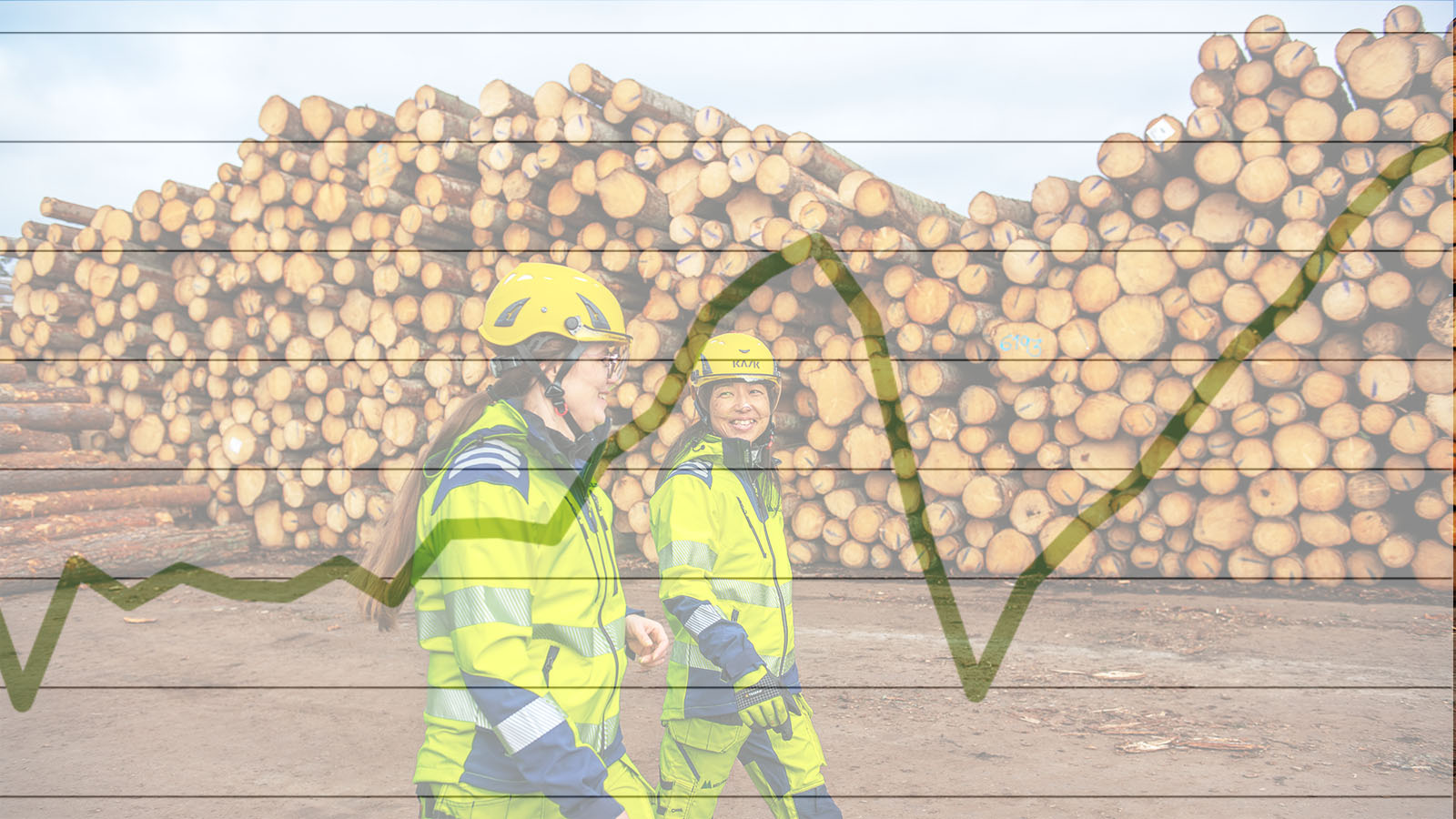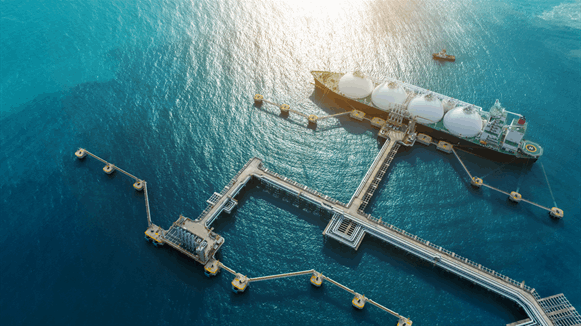- Reaction score
- 789
- Points
- 910
25 years ago starting out in this industry there was lots of talk about BC/Ontario opportunities and Europe was the role model in terms of volume produced/hectare. The New Zealand pine and Australian eucalyptus was moving to South America for high volume/short rotation plantation based mills being built - often by European companies - at new ports specifically designed to export their product. And when you're producing pulp wood in 20 years within 30 minutes of the shipping port on a pure volume basis it's very tough for Canadian pulp products at 100 year rotations to compete.This is a good article... we've got lots of fibre, I see the 'lack of vision' she mentions play out alot ...
Canada’s Forestry Sector: Born on Third Base, Hampered by Policy
The enormity of Canada’s forest resource is hard to overstate. We have 234.5 million hectares of commercial forests, of which only 0.4% is harvested each year. Unlike other jurisdictions globally, deforestation (the permanent clearing of forest to make way for non-forest use) is a minor issue here, accounting for only 0.02% of our forest. We account for only a third of a percentage point of global deforestation despite having almost a tenth of the world’s forests.
Canada also has 35% of the world’s certified forest area, a term to describe third-party sustainable management standards. Increasingly, these are administered by Indigenous Peoples, whose management of forest resources has increased 135% since 2003. Canada competes on both quantity and quality.
Yet despite the big numbers, and a highly profitable 2021 thanks to a COVID-era construction and renovation boom, the Canadian forestry sector has spent much of the 21st century on the back foot. The softwood lumber disputes, pine beetle and other infestations, wildfires, and regulatory burdens have all diminished the sector’s ability to compete and grow. While the value of Canada’s forest sector is still increasing, our production volumes and global market share are in decline. Between 2013 and 2022, Canada’s share of global softwood lumber production declined from 13% to 10% by volume. Canada’s share of global wood pulp production (mechanical, semi-mechanical, and chemical) declined from 10% to 4% over the same period.
This is not due to a lack of demand but rather a lack of vision. As an economic sector, forestry is not a 19th or 20th century phenomenon. It is foundational to construction and housing, and a solution to many of our low-emissions material needs. Other nations have thriving forest sectors, even as ours slowly diminishes. A key difference is a lack of policy support. In Canada, the forestry sector is the victim of, at best, inattention, and at worst, obstruction.

Canada's Forestry Sector: Born on Third Base, Hampered by Policy - Policy Magazine
Canadian policy debates have become locked in a perceived dichotomy between acting on the climate and growing a strong economy. Winners and losers, trade-offswww.policymagazine.ca
There are some big differences in quality of product produced which due to the slower growth means much of the Canadian pulp, and lumber, tends to be stronger but for many products you don't need to use this quality of product. You don't need to use tenderloin to make chili.
Unfortunately as BC consolidated many of their smaller mills - the 250,000 m3 to 500,000m3 mills due to mix of market conditions and the mountain pine beetle annual allowable cut changes industry also woke up to the opportunities that were coming online in the SE USA. All the 1930's great depression employment scheme tree planting projects are now 90 years old...and large opportunities existed for cheap mature wood, without tariffs, and close to markets. No longer do you need to arrange 1,000 km truck hauls to a port/railway terminal to ship to customer...instead mill a lower quality product in their backyard and ship almost direct from the mill. And the Canadian profits flowed to these areas (Europe in a couple of cases) - West Fraser now produces 53% of their lumber in the SE states as the largest Canadian producer of lumber.
So what are some of the big differences. In Europe due to the intensive management - with the same species - forests are often thinned 2-3 times removing poor performing trees/reducing competition to allow for optimal growth. This generates a large amount of small diameter wood that is in turn used for pulp or power generation. But it's also important to note that the shipping distances are generally much shorter to ports/railheads and hauling pulpwood 8 hours one way (northern Ontario) doesn't happen. In Canada there are few destinations available for smaller trees so they are not removed and while this allows for a more natural forest it also doesn't grow as fast...which means you need more area and higher hauling costs. Some of this is slowly changing with the additional co-gen plants and wood pellet plants built in the last 20 years but these are often in partnership with the pulp/sawmill and are co-dependent upon the other facility operating unlike stand alone facilities in Europe. Railways, highways (especially bridge weights), loading terminals all remain bottlenecks on shipping.
There has also been major policy changes in almost every province due to concerns over species at risk (woodland caribou for example or Spotted Owls on the BC coast) that have brought in large amounts of uncertainty. Especially when multiple industries overlap the same areas and both Federal/Provincial direction is at odds. Old growth targets in BC. Legislation changes focused upon conservation. When you're planning 70-100 year wood supplies a stable situation is needed....but people don't stay the same, the population doesn't stay the same, and nature sure doesn't. Much of the European or SE states wood is via private lands/woodlots and is a big difference from Canadian Crown owned lands.
Then add in things like mountain pine beetle and major fires...doesn't take long to decimate a local wood supply with a major fire. When you start thinking of multiple helicopter fuel cycles to circle a burning fire or driving for up to an hour through a single burn...you start to sense the impact. Valleys full of dead trees in BC/Jasper National Park due to mountain Pine beetle.
I'm often recall an old Ontario government report that was looking at trying to provide recreation opportunities for Ontario residents (from memory ~30 years ago). From a policy context they wanted X percent of lands in provincial parks - south, NE and NW Ontario. But when they looked at the southern zone the areas available were often needed to purchased back (i.e. expensive) or smaller isolated parcels (and big parks were the goal)...so they took some of the "south" allotment and added the lands to NE. Then when working on the NE segment (Sault Ste. Marie east) they found they were still over the balance and shifted some of the lands again to the NW. End result was a series of new parks across the province - achieving the goal - but the user numbers didn't align with expectations. No kidding...a park designed for Toronto residents is going to be low use if it's North of Kenora 20 hours drive away in NW Ontario. Good intentions...bad implementation.
Lots of coffee needed to come up with solutions but part of it is capital investment barriers, some is policy barriers, some is infrastructure, and part of it is culturally. You don't hear of Canadians taking holidays to go tree planting on the family woodlot like they do in Europe. How to change those positions is a huge challenge and not an overnight process.









